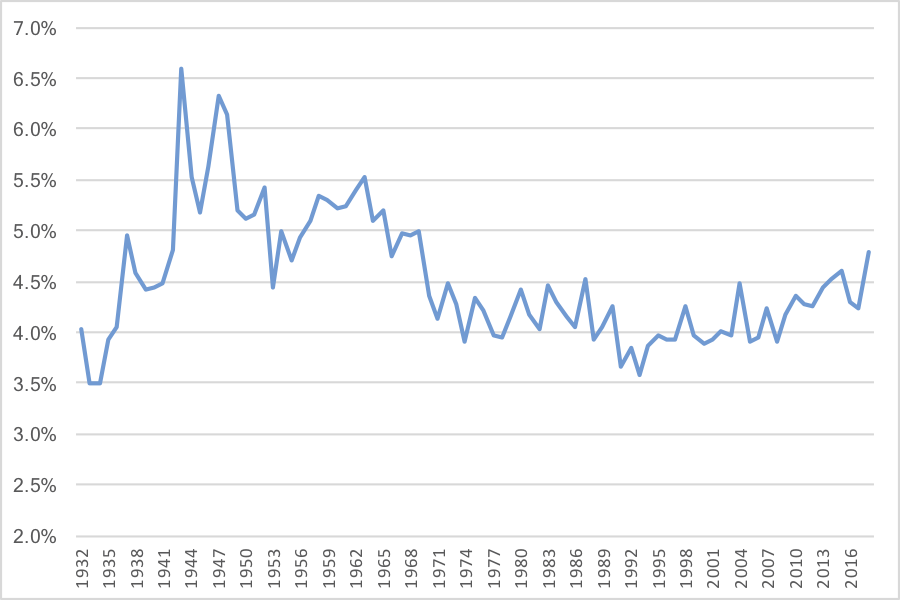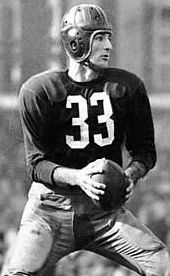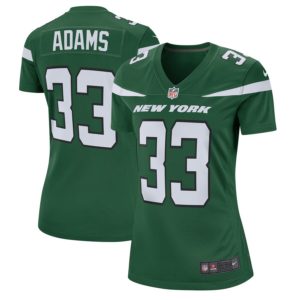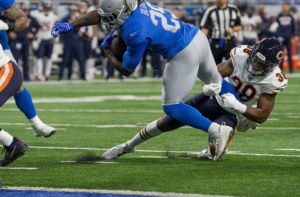
Arranged marriages are a Jets tradition
In 2001, the Jets did something pretty conventional. On
January 12, 2001, they hired a new GM in
Terry Bradway, and six days later, Bradway hired a
new head coach in
Herm Edwards. That’s pretty much the normal way a team operates: ownership (in this case, it was brand new owner
Woody Johnson) picks a GM to build the organization, and then the GM picks a head coach to build the team.
Apparently, Johnson has since found the old fashioned way to be pretty boring.
In January 2006, the Jets traded Edwards to the Chiefs with Bradway’s tenure on the rocks. On January 18, 2006, the Jets hired a new head coach in Eric Mangini. But then, a few weeks later, on February 7, 2006 Bradway was fired and assistant GM Mike Tannenbaum was promoted. Tannenbaum was a friend of Mangini and “part of the interviewing process” — a common Jets theme — but acknowledged that it was Bradway who made the final call to hire Mangini.
Regardless, in late December 2008, Mangini was fired, and on January 20, 2009, Tannebaum hired Rex Ryan to replace him.
That worked out because the Jets had great seasons in 2009 and 2010, but after bad seasons in 2011 and 2012, Tannenbaum was fired on the last day of the 2012 calendar year. You might think that Ryan would be shown the door with him, but if you think so, you don’t know the Jets.
With Johnson determined to hire a GM while keeping Ryan in place, the best Johnson could do was hire John Idzik — another salary cap guru — to replace Tannenbaum. That happened in January 2013. But Idzik couldn’t help turn around a depleted Jets roster, and he never got a chance to hire his own head coach, either: at the end of the 2014 season, Johnson fired both Idzik and Ryan.
This gave the Jets a chance to bring on a new GM and have that GM hire his own head coach. It also gave the Jets a chance to reinvent the circus wheel, and that turned out to be the more appealing option. On January 12, 2015, Johnson hired both HC Todd Bowles and GM Mike Maccagnan. Maccagnan didn’t hire Bowles, but he was “part of the interviewing process” as the Jets ran a dual-track hiring approach. As Rich Cimini noted that day:
In hiring Maccagnan, the Jets have changed their power structure. He and Bowles will report directly to Johnson, who envisions the GM and coach as equal partners. Previously, the coach reported to the GM. Maccagnan will have control over the 53-man roster and final say on the draft; the coach will decide the weekly lineups. The lines were blurred with Ryan and Idzik, especially with quarterback decisions.
You may be surprised to learn that such a strategy did not work out. Under Bowles and Maccagnan, from 2015 to 2018, the Jets were a bad football team. At the end of the 2018 season, it made a lot of sense to fire both and start over.
But making a lot of sense is viewed as boring by the Jets. Instead, New York fired Bowles and hired the underwhelming Adam Gase, whose Dolphins ranked 29th in points differential over his three years in Miami. If you think limiting prospective coaching hires to only those who are willing to work under a bad GM who is on the hot seat and has a 24-40 record would limit the coaching pool, you are correct. The Jets — after mismanaging the hiring process with another coach — were left with Gase, a candidate who would not have otherwise been a head coach in the NFL in 2019.
But today, on May 15, 2019, in a stunning move for those who don’t follow the Jets, the team has fired Maccagnan, a move that is long overdue but comes at a very suspect time. It means the new Jets GM will have to inherit Gase as his coach, in typical Jets fashion. And the early reports are not very promising, as Gase is going to be acting as interim GM and assisting in the process of finding his own boss:
Six months ago, the Jets entered the offseason with a potential franchise quarterback in Sam Darnold, the #3 pick in the Draft, and a ton of cap space. It was the perfect opportunity for the Jets to attract a strong GM candidate, and in turn, have that GM be able to find a strong HC. Instead, the Jets let Maccagnan run the offseason, hire Gates, and spend nearly $200M on free agents, and oversee the 2019 Draft…. and then fire him. And now, the Jets are looking to to attract a GM who will have no power to make material changes in 2019 and be tied at the hip to Gase.
That strategy makes a lot of sense, but only if you are talking about the Jets.











